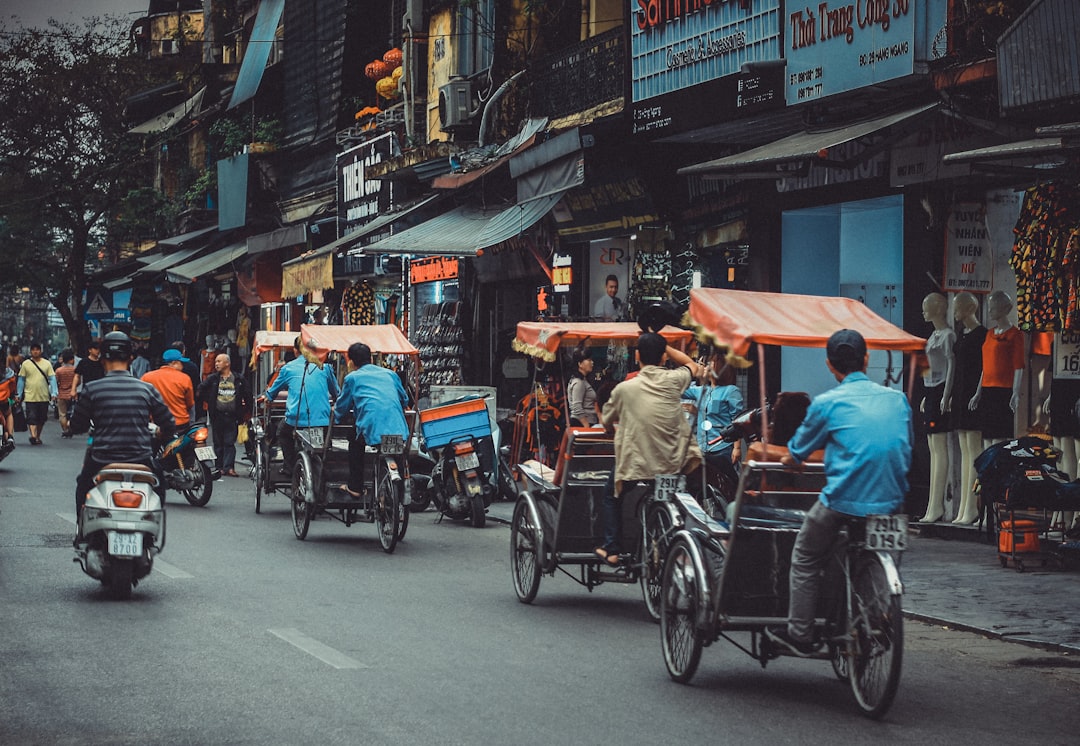Geopolitics and Markets Review – 2nd October 2023
Vietnam’s Key Role In The Future of Geopolitics
Contents:
The Rise of Vietnam
Vietnam Economic Development & Contributing Characteristics
Emerging From War
Case Study: North Korea vs. Vietnam
The Future of Vietnam & Key Characteristics
Concluding Remarks
The Rise of Vietnam
The 20-year-long, gruelling Vietnam War exists in the memories of many of the country’s citizens and will forever. Outside of memories, their country has developed beyond recognition. How did Vietnam become one of the fastest-growing economies on the planet in 50 years?
How has Vietnam risen to be a country that experiences a large amount of labour exportation to its shores?
Vietnam Economic Development
The effects of war hindered Vietnam for over 10 years following its conclusion in 1975. The country had been destroyed, civilian and military casualties were in the millions, and many were displaced from their homes.
Throughout history, post-war recoveries can drastically vary. GDP per capita has fallen during the war, and government debt-to-GDP rates rise as domestic borrowing funds the war effort. This was no different in Vietnam. The North and South reunited in 1975 upon the conclusion of the war. The North experienced vast economic inefficiencies and the South had to adjust to the North’s system.
Vietnam had been isolated and faced global sanctions during the war. This hindered Vietnam’s economic growth but also limited the rebuilding due to a lack of access to vital resources. Something had to change.
Vietnam pivoted to a centrally planned economy from a market economy in the late 1980s. The Đổi Mới policy led to large-scale reform of the Vietnamese economic model that had stagnated and isolated from the global stage. The system didn’t reward the productivity and innovation that were needed to motivate businesses to grow. In a state that had been devastated by war, the opportunities to rebuild were readily available. Hence the pivot.
The aim of the reform was to allow private businesses to grow. Through this, investment in the state from abroad becomes more attractive. As foreign direct investment rises, the country naturally becomes more integrated into the international trade system. This in turn enables a state to rapidly industrialise and diversify its economy. This has been seen in Vietnam.
What were the characteristics that contributed to Vietnamese rapid economic growth?
Keep reading with a 7-day free trial
Subscribe to Geopolitics Explained to keep reading this post and get 7 days of free access to the full post archives.




